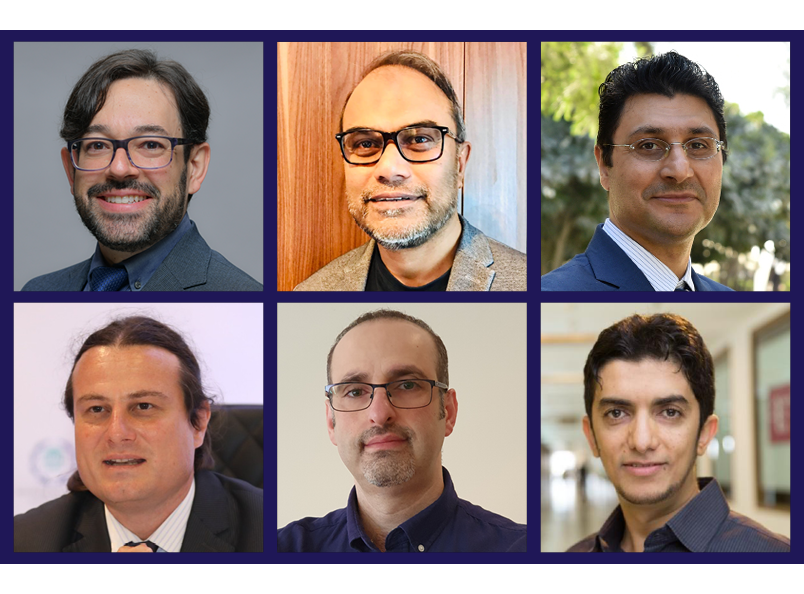
“Overconfident but underprepared” can be ascribed to the current state of AI in healthcare. For the past five years, there has been a proliferation of work into the study, evaluation, and application of AI across the healthcare spectrum for the diagnosis and treatment of diseases in areas such as cardiology, psychiatry, dermatology, and stroke with promising results. The discourse around AI in healthcare is so pervasive today that its impact on current medical research work cannot be ignored, especially in areas such as diagnostic radiology.
AI through time
In the late 70s and early 80s, AI within healthcare was on a hype cycle similar to the one we see today. Then, AI healthcare systems focused on the diagnosis of diseases and were developed using a “classical AI approach” -- a systematic mechanism for the representation of medical reasoning that limited AI diagnostic capabilities in situations with incomplete medical information or with uncertain medical conditions. In addition, physicians did not understand how AI systems worked and perceived them as a threat to their professional autonomy. Furthermore, AI systems then were difficult to use and required significant amounts of time to infer a diagnosis. A combination of these factors led to the steady decline of AI in healthcare during the late 80s and early 90s.
One of the earliest examples of such AI hardships was seen with the invention of Mycin – an experimental AI tool that aimed to identify bacteria causing severe infections, and propose an appropriate antibiotic, the dosage of which was determined based on the patient’s weight.
Similarly, INTERNIST, a high-powered AI tool, initially used algorithms to assist in internal medicine diagnosis. The system proved to be cumbersome and time-consuming, often requiring up to 90 minutes to diagnose an illness properly.
These technologies primarily failed because, as medical knowledge grew, the rules became too complex for computer systems to handle, leading to an extensive and time-consuming effort on behalf of the clinicians.
Modern-day adaptations
Today, AI has reemerged as a disruptive technological innovation within the healthcare sector. Advancements in computational power, developments of new algorithms, and improvements in deep learning, a branch of AI, are making a significant contribution in the diagnosis and treatment of disease as well as making new headway in drug discovery and precision medicine.
AI-based systems are performing with much higher accuracy than the human radiologist. Such technology is supporting radiologists and helping identify specific regions from medical images that could be the potential location of a tumor.
AI-based systems are definitely helping with new drug discoveries for chronic diseases and reducing the amount of time and money required to uncover new drugs.
Undeniably, clinical decision support systems are becoming increasingly more complex due to the integration of data from multiple sources. Solutions developed with the help of AI will pave the way to support and recommend treatment plans for physicians based on multimodal data.
‘Here to stay’
The power of AI enables the discovery of intricate patterns derived from voluminous biomedical data, and the general realization within the healthcare industry is that the benefits of AI are here to stay as an innovation that will change healthcare -- permanently.
Such an understanding is, of course, not without conditions. It further requires:
Evaluation and monitoring of existing AI-based solutions: AI-based solutions are developed according to available data from the population of interest. Shifts in participant populations are inevitable, leading to the continuous evolution of AI-based solutions over time. Therefore, AI-based solutions for clinical setups need to adapt and consider this drift, if not ultimately self-enhance. Our failure to evaluate AI systems continuously will eventually lead to patients being harmed.
Educating clinicians on AI-based solutions: To improve their understanding, medical practitioners and clinicians should be provided with an easily accessible AI curriculum that enables them to critically appraise, adopt and use AI tools safely in their practice. Physicians need to be trained to ask the right questions, and AI systems need to be able to offer a rationale for their diagnoses. AI systems as standalone solutions will be ineffective – they need to be included in the physician’s workflow.
AI is dismantling healthcare diagnosis treatment and prediction. It is helping us identify gaps in the biomedical field and challenging the very basic assumptions and knowledge of what makes up medicine today.
According to this article, the future will necessitate some thinking about where humans can be made use of as opposed to machines. AI should be about cognitive augmentation rather than cognitive replacement. Until this happens, the opposition between physicians and computer advocates will endure.
Related News










